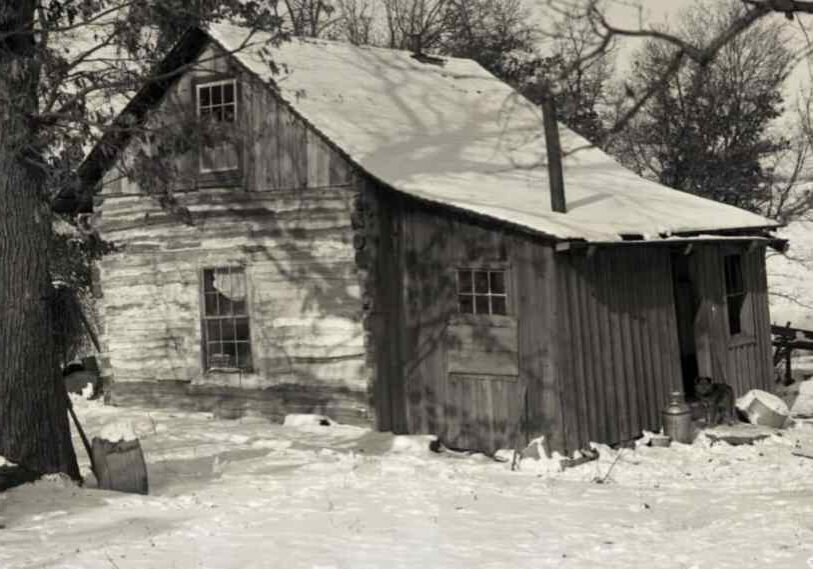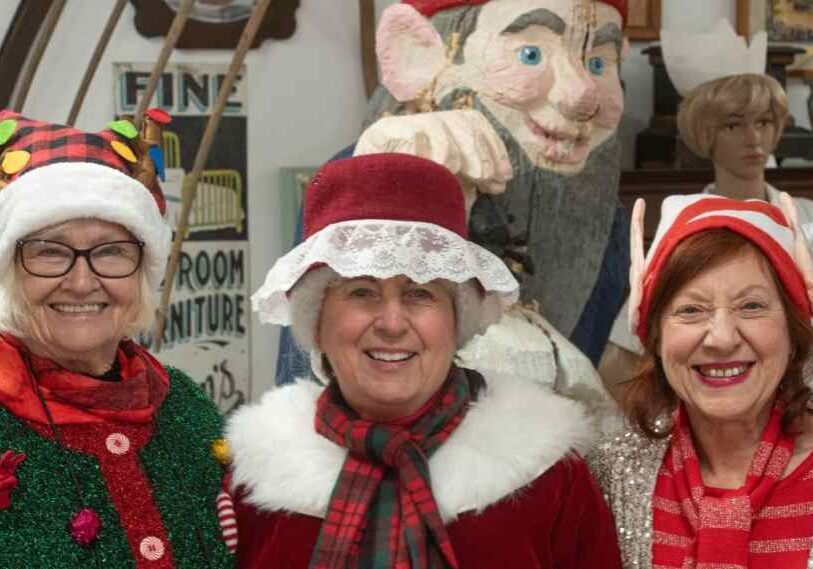Bily Brothers Clocks: “They Truly Loved It.”
A rare collection of wood carvings and clockworks that were almost destroyed

SPILLVILLE, Iowa — In a beautiful red brick building near the downtown of this small Northeast Iowa town, some 30 miles south of Harmony, Minn., is a collection of about a dozen hand-carved clocks, one nearly 10-feet tall, that are true masterpieces.
The story of the Bily Brothers who created the clocks, however, is the part that, to me, is most incredible.
My wife, Debbie, and I made the 80-mile trip from Rochester to Spillville which is along the Turkey River in the beginning of Iowa’s Driftless area. We began by touring the second floor, dedicated to famed Czech composer Antonín Dvořák who spent the summer of 1893 in that building, enjoying America, playing the organ at local Masses and composing.
I became truly fascinated as the Bily Clocks Museum manager, Susanna Craft, led us on a tour. Even more stunning are the twists, turns and near misses this story took over the brothers’ lifetimes.

Portraits of the Bily brothers in their later years. (Photo by John Weiss)
Brother farmers, self-taught wood carvers and clockmakers
Born in the 1880s, Frank and Joseph Bily were bachelor farmers who farmed near Spillville, Craft told us. Their grandfather was a friend of Dvořák and they shared a beer or two on summer evenings, she said.
The brothers never went past fifth grade and never traveled more than 40 miles from home, but they read widely.
In 1913, when they were in their early 30s, they began to create clocks, with Frank as the master carver and his brother mostly doing technical drawings and research.
“They put their skills together and it worked out real amazing,” she said.
Where their artistic ability came from is a mystery, Craft said. They just had it. They never took lessons, it was “trial and error,” she said. “But they were “pretty brilliant guys.”

The Bily brothers bought carving tools but also made their own. (Photo by John Weiss)
They did not create these works of art for fame or money. “They never sold any of them, they never gave any of them away” Craft said. “I do think they did it for joy, for the enjoyment. They truly loved it.”
They invited people to see the clocks but not to make money. Their beloved sister insisted they charge a dime for admittance, but they gave her the money. “It’s kind of a big mystery: why did they do it?” she said.
At times, up to 1,000 people a day came to see their works in a small showroom. Their fame spread by word of mouth but they also got national attention in newspapers and magazines including The Christian Science Monitor.

Bily Clocks Museum Manager Susanna Craft describes the exquisite attention to detail in every clock. (Photo by John Weiss)
They carved with wood they cut on their farm as well as wood ordered from around the world, depending on the color and needs. They only painted a few figures.
At first, their style was Gothic, heavy with scrolls and fretwork. They used a small pedal-powered jig saw for much of those early clocks that reflected the style of the time. There were some hand-carved figures too.
A million dollar-offer turned down
Then came the American Pioneer History clock that stands 9-feet, 10-inches tall and had 57 relief-carved figures from American history such as Pilgrims coming ashore at Plymouth Rock, Lewis and Clark and Native American dancing. The Bilys would never return to Gothic.

A relief carving of the Pilgrims landing in 1620. (Photo by John Weiss)
“This is considered by the Bily Brothers as their masterpiece,” Craft said. “The brothers felt like this was their best work, they were really happy with the results.”
So was Henry Ford who had sent agents across the country to find the best works of local art for his museum in Michigan. An agent saw the clock, Ford offered $1 million.
“The brothers didn’t take it,” she said. “‘What would we do with all that money?’ For them, it was more of a burden to deal with.”
Through it all, they continued farming and doing other local work, creating in the slow times of winter.
From the pages of world history to a masterpiece
Craft then showed us the Statuary Clock, another masterpiece because it includes figures not only of local people, but also Shakespeare and philosopher Immanuel Kant. And the Parade of Nations with figures dressed in clothing of people worldwide. They also show astronomers Tycho Brahe and Galileo Galilei.

A few of the international figures carved into the Bily brothers’ Statuary Clock. (Photo by John Weiss)
That shows they were really well read, she said. Their library on the second floor also reflects that.
In their later years, the brothers rented out their land and continued carving but also raised some livestock, Craft said.
They restored a 300-year-old clock and replaced the figures. They created more unique clocks such as the Blacksmith Clock. The two also created scale models of two churches, including the Little Brown Church in the Vale with four figures moving on a track, going in for a wedding.

Four figures going into the Little Brown Church which was made by the Bily Brothers without ever seeing the church. (Photo by John Weiss)
They carved a clock as an homage to their parents. And another clock with figures going around and around, playing instruments as musicians would do in small-town bands. Of course, they made a cuckoo clock.
Their final creation features an old shepherdess who looks tired and maybe about to drop a lamb.
“Maybe it was a symbol of the fact that they were in their 80s and had been carving for 45 years and their hands were hurting . . . and they decided to stop carving, at least the bigger clocks.”
Saved from destruction
While on the tour, Craft stunned me when she told of what the Bilys planned to do with the clocks after their sister died. “Because they had no heirs and they had nobody to take care of the clocks in the future, what would they do? They liked them to be all together.
“They decided that if there was nobody to care for them, they would burn them.” I am still trying to understand that.
They burned many of their plans but someone heard of their plans and talked them into keeping the clocks. They decided to bequeath them to Spillville with the stipulation they wouldn’t be sold. Joseph died in 1964, his brother the year after.

Museum manager Susanna Craft explains more about each of the large scale, carved clocks on display at the museum.
So that’s where it stands today. More than a dozen clocks of incredible skill and imagination can be viewed in that red brick building in this town of about 350 people.
“For the people here in Spillville,” she said, “it’s a source of pride.”

The Bily Clocks Museum is open six months each year and gets about 5,000 visitors annually. It’s making ends meet with admission, grants and donations, according to museum staff.
The museum is located at 323 S. Main Street in Spillville, Iowa and is open May through October from 10:00 a.m. to 4:00 p.m. Wednesday through Sunday. The final day this year will be October 31.






